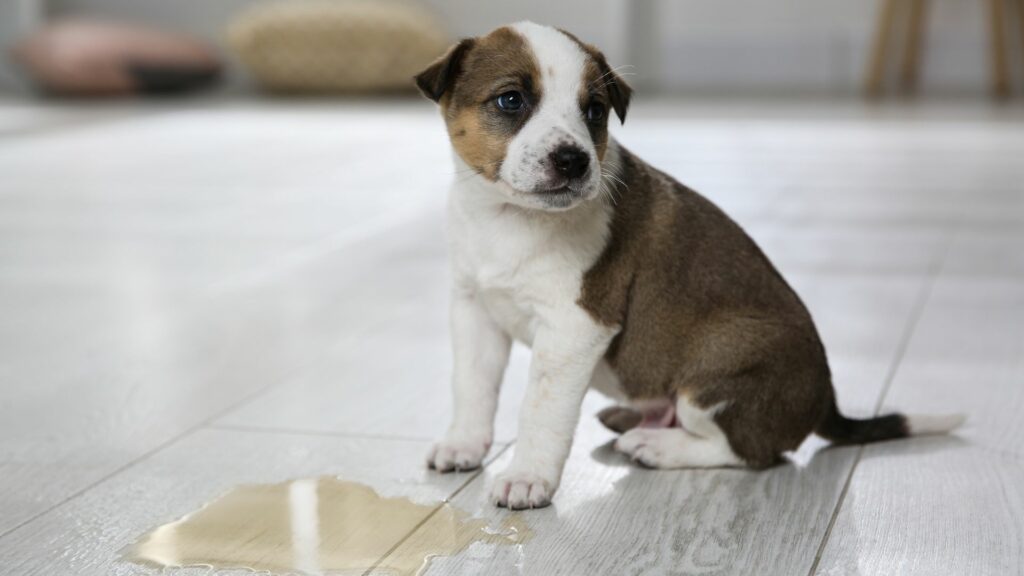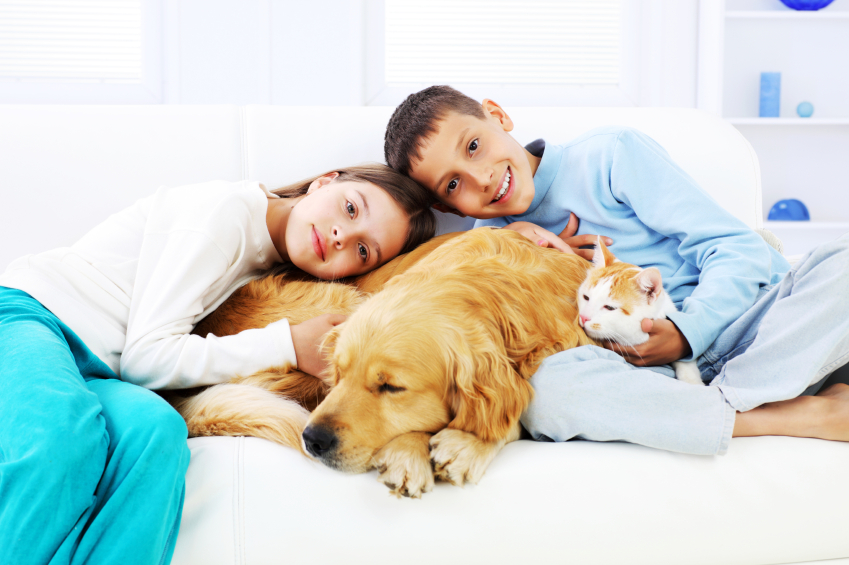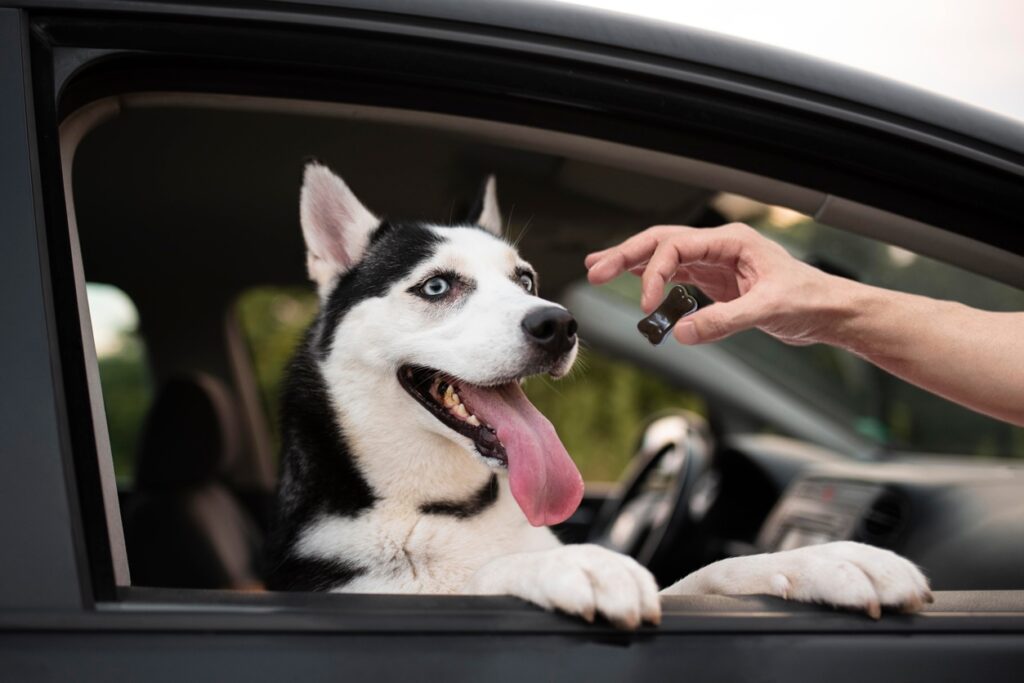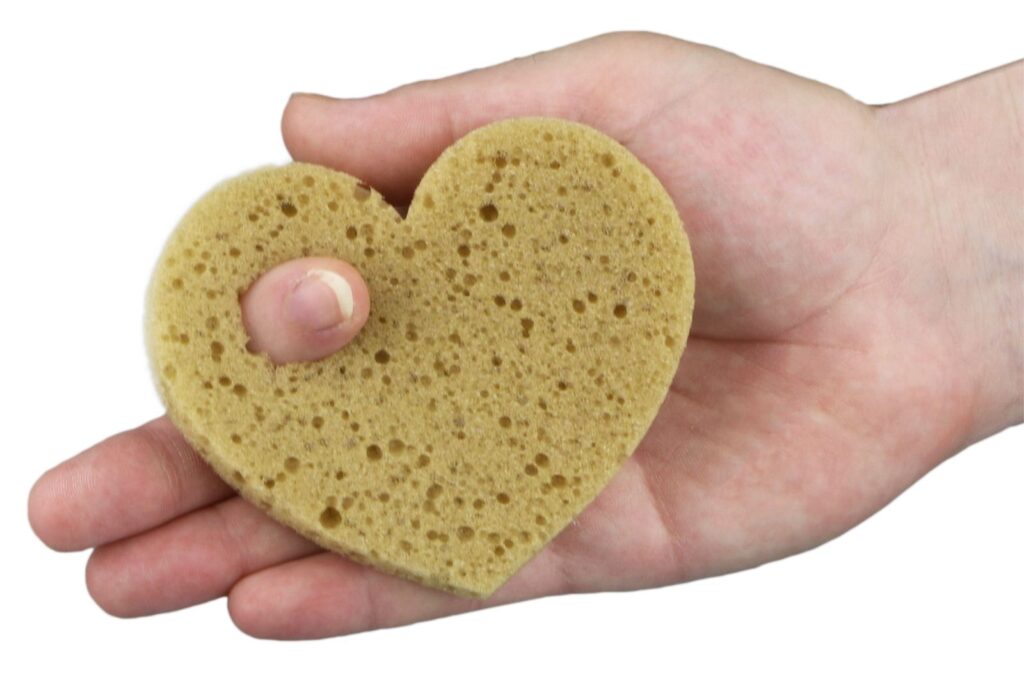Dogs, like all pets, can occasionally leave unwanted “surprises”. At home and away from home. Pee, in particular, can be tough to remove, not only because of the lingering odor but also because of the stains it can leave. Each surface requires a different approach to ensure effective cleaning. Still, it would be good practice to also eliminate urine from pavements and walls, to maintain cleanliness and decorum.
In this article we will see how to treat different surfaces to remove dog pee effectively and without causing damage.
Wooden floors
Wooden floors can be especially vulnerable to dog urine, as the liquid can seep into cracks and cause permanent damage.
To clean them, you can do the following:
- use a cloth or paper towels to absorb as much urine as possible as soon as you see it;
- prepare a solution of water and white vinegar (50/50) and apply it to the affected area: the vinegar neutralizes the smell of urine.
- dry the area thoroughly with a clean, dry cloth.
- Sprinkle baking soda on the treated area and leave for a few hours before vacuuming.
Rug
Even on a carpet, due to its fibrous structure, removing dog pee can be difficult. The steps to follow are similar to those for cleaning parquet, with some differences. After dabbing the area with paper towels to absorb as much urine as possible, and, after spraying the stain with a solution of water and urine, use enzymatic detergents specific for animal urine, capable of breaking down proteins, eliminating stains and odors. Cover the area with a clean cloth, let dry, and then use a vacuum cleaner to remove any residual baking soda or detergent.
Fabrics
Fabrics, such as sofas, curtains, and pillows, can absorb urine quickly, making cleaning a little tricky. Also in this case, act immediately by dabbing the urine, applying a solution of equal parts of warm water and white vinegar, use an enzymatic detergent making sure to follow the instructions scrupulously, and then wash the fabric in the washing machine following the washing instructions indicated on the ‘label.
On carpets and fabrics, a precious ally is StoPP, 3 in 1 spray which, thanks to its special natural bacterial cultures, has a habit-relieving action and eliminates bad odors and acts against stains caused by urine and other body fluids of dogs and cats.
Upholstery
Upholstery, especially if padded, can retain urine and odor for a long time. Follow the steps indicated for other surfaces and, after removing the detergent residues with a damp cloth, use a hairdryer at low temperature or leave to air dry.
A particularly effective product for removing dog pee from surfaces but also from pavements and walls is PP Savoir Faire: just fill the 90 ml bottle with warm water, dissolve a single-dose tablet, and then pour the contents onto the urine. PP Hurrà is instead a super absorbent powder that solidifies pee and unwanted liquids in a few seconds, making you lose the habit of messing.
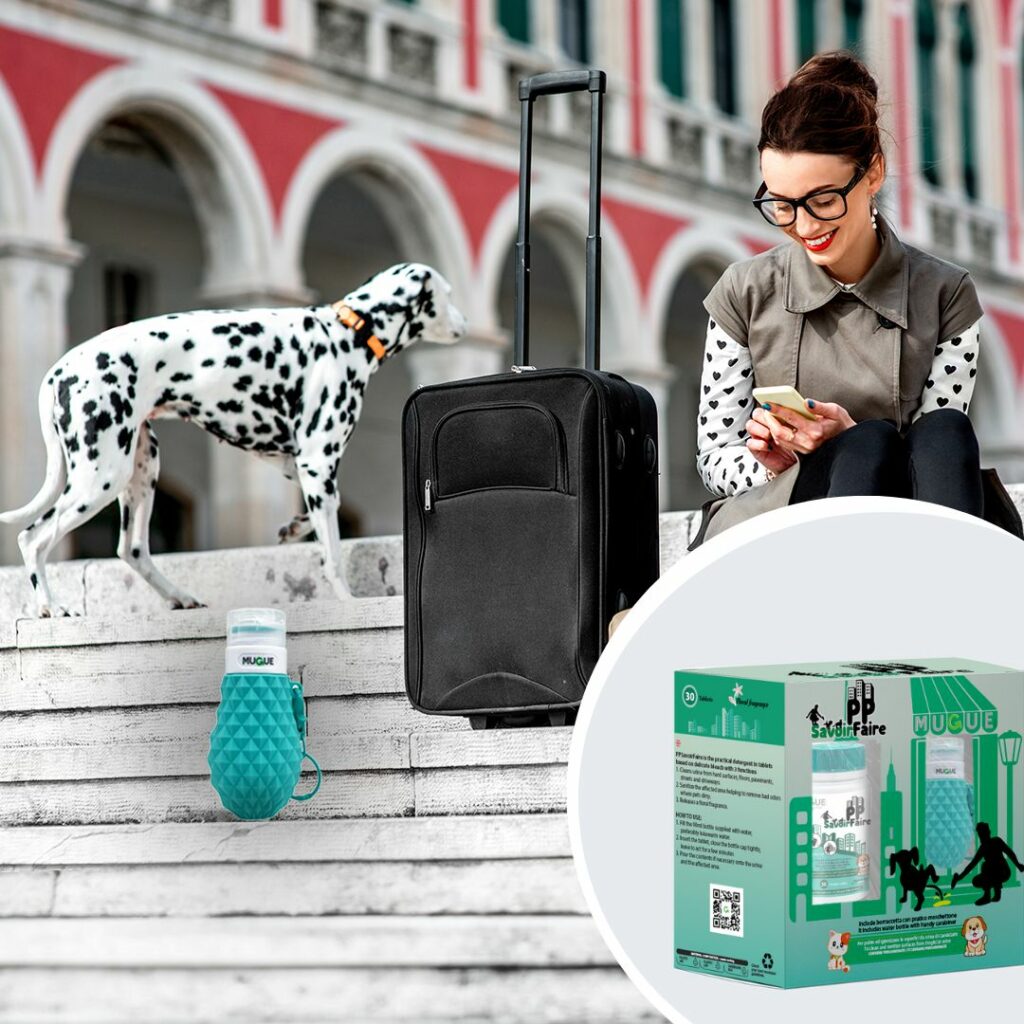
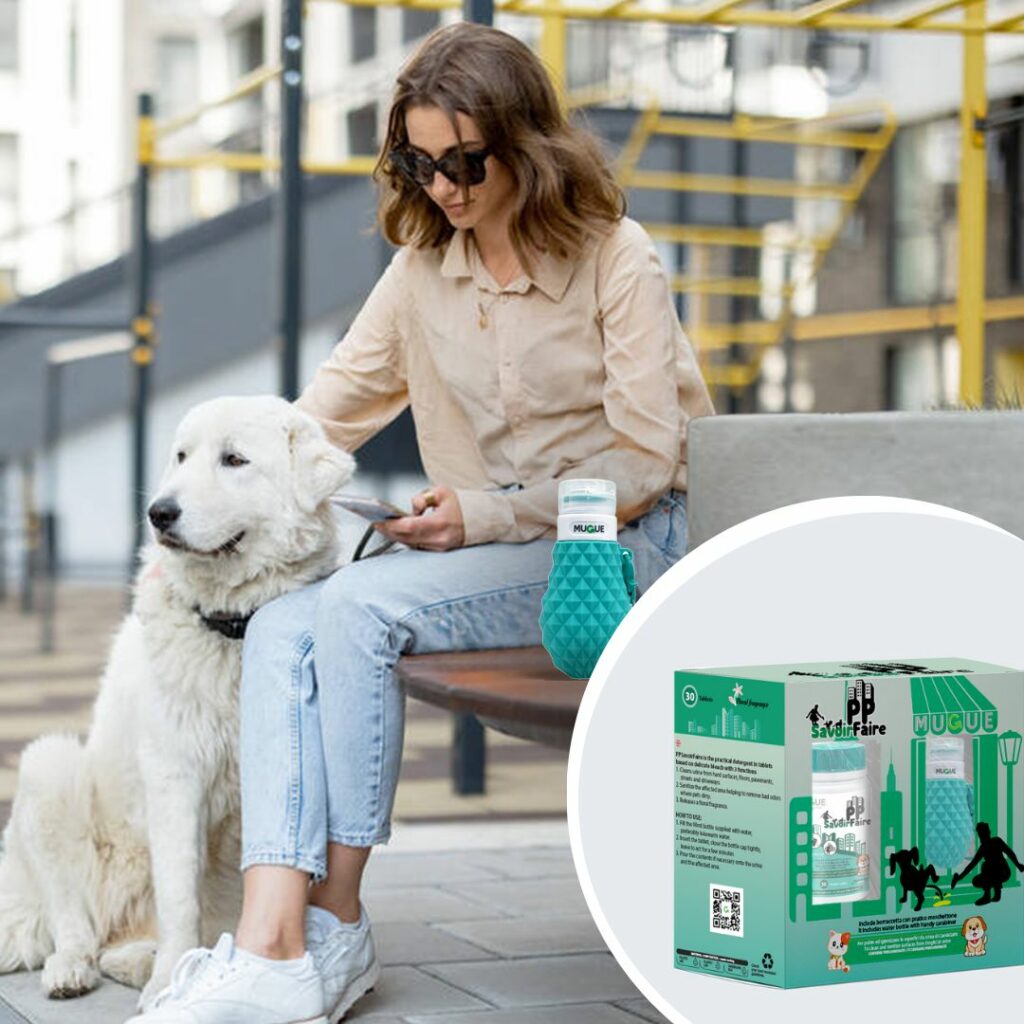
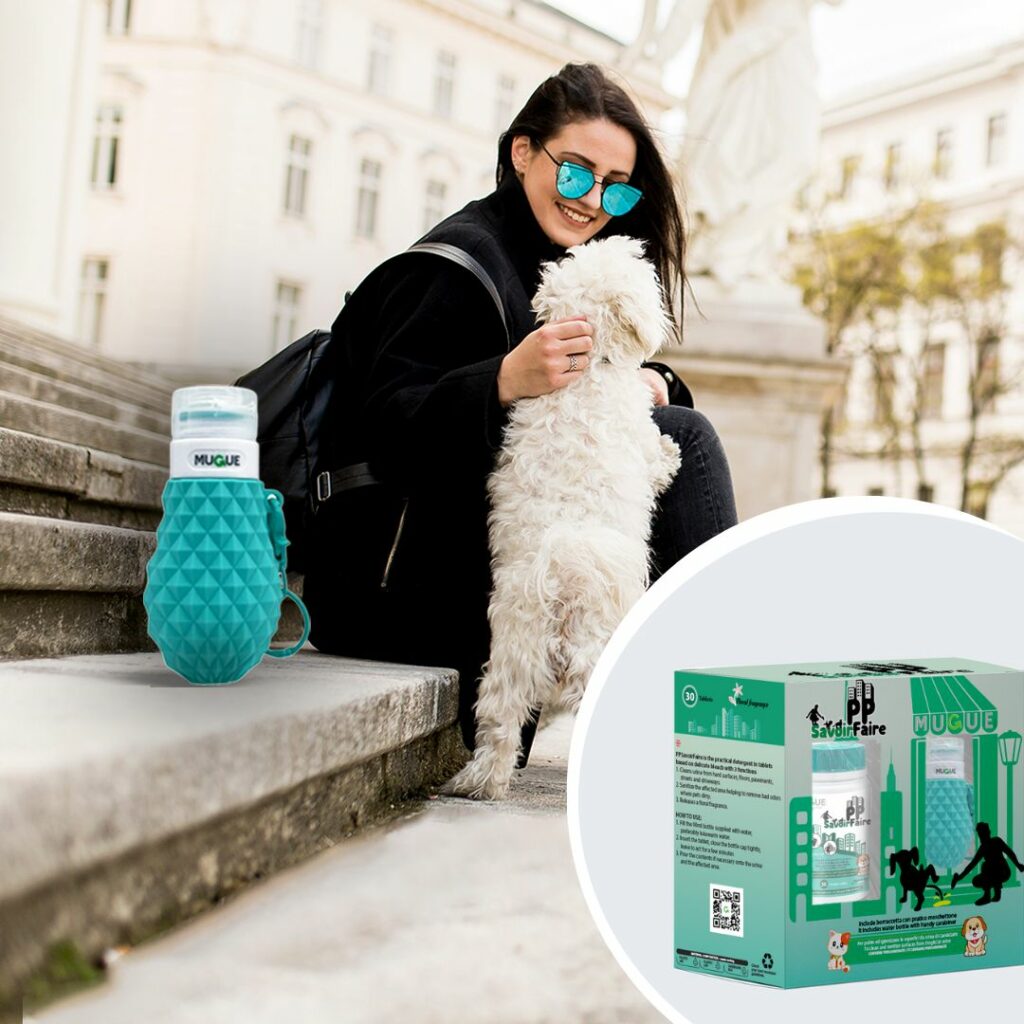
The importance of prevention
Preventing your dog from peeing in the house requires patience, consistency, and an understanding of your dog’s natural behavior. Here are some useful steps and strategies for training your dog to do his business outside the home:
Establish a routine
Dogs learn best when there is a well-defined routine. Take your dog out to pee at regular times each day, such as soon as he wakes up, after meals, after play, and before bed. Consistency will help your dog understand when and where it is appropriate to relieve himself.
Choose a specific area
Always walk your dog in the same area when you take him out to pee: he will soon consider it the most appropriate place to do his business (the smell of the previous pee will serve as a signal that this is the right place).
Use positive reinforcements
Every time your dog pees outside, praise and reward immediately with a reward. This positive reinforcement will help the dog connect the desired behavior (peeing outside) with a pleasant consequence.
Careful supervision
Keep close supervision of your dog, especially when he is still learning. If you notice signs that your dog needs to pee (such as sniffing the floor, spinning around, or fussing), take him outside immediately.
Prepare regular meals for him
Feeding the dog at fixed times can help predict when he or she will need to go out to do his or her business. After meals, she takes the dog outside to pee, as it is more likely that she will need to empty her bladder.
Clean up accidents
If your dog pees in the house, clean the area thoroughly to eliminate any residual odor. Use a specific enzymatic cleaner to remove the urine smell: if the dog smells pee in the house, he may be led to pee in the same place again.
Avoid punishments
Punishing your dog for peeing in the house can cause fear and confusion. The dog may associate punishment with peeing in your presence, rather than peeing inside the house. Instead, focus on rewarding good behavior.
Training a dog takes time and patience. Every dog is different and can take different lengths to learn where to pee. Stay calm and continue to follow the steps above consistently.


